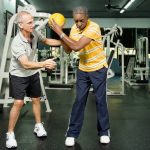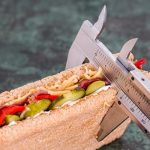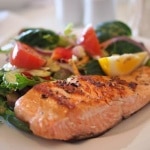 Another study reported in the media – Eating Fat, Staying Lean
Another study reported in the media – Eating Fat, Staying Lean
— shows there may be benefits to eating hi fat/hi protein diets compared to the hi carb diets that have been promoted for the past 35 yrs. Studies, mostly short time, bear this out: reduced wt, reduced fat, even better blood fat and blood sugar stats. The biggest problem lies in sustainability as the diets get pretty bland after a while without fruits, veggies, and grains. But, for those able to sustain them, they do work in many cases. Obviously some people are not going to get the good blood values but many will see these improve as wt slips off.
The points I like to make to clients and students in classes (when I teach for Exercise ETC, as i’m going to be doing this weekend in phoenix) are these: first, all these diets help folks lose wt because they are providing fewer calories, with protein and fat being more satiating than hi carb diets (hence you’re hungry an hr after eating chinese food, right?); and two, hi carb diets are holdovers from the 70s because that’s when the aerobics fad started and athletes in that arena eat enormous amounts of carbs 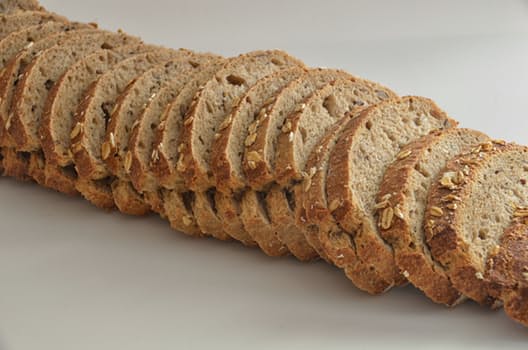 to optimize performance and recovery. This performance based dietary system prevailed until evidence started to appear that protein was useful for cardio athletes both during long events (as in cycling) and for recovery, tho it does not contribute much to actual performance, esp in terms of speed.
to optimize performance and recovery. This performance based dietary system prevailed until evidence started to appear that protein was useful for cardio athletes both during long events (as in cycling) and for recovery, tho it does not contribute much to actual performance, esp in terms of speed.
Let me use me for an example, as I’ve done in a previous blog. When in my late 20s, early 30s, I was a very competitive and driven tae kwon do athlete. I trained 4+ hrs a day, some in the gym some at home, plus jogged a couple miles/day or did wind sprints after class, all after doing 8 hrs of construction work in all kinds of weather. being a vegetarian at home – I’d eat fish or chicken at restaurants or others’ homes, but not red meat – I was constantly eating. once I graduated school in exercise science, I did a project where I had to calculate my caloric intake for 3 days. Now, mind you, I was all of 68″ tall and 141-144#, with a skinfold measurement of 3.3% body fat. I was eating 3500-4000 cals/day. To give you an idea, I had two pb&j sandwiches on homemade whole wheat bread for lunch, in addition to a quart of yogurt and usually a piece of fruit. Dinner was often rice and beans or rice and stir fried veggies, and often a full 12″ skillet full of the topping over 2 cups of rice.
Breakfast was a large bowl of cereals – bran, wheat germ, raisins, oats, with OJ on it, not milk,to sweeten it up. A friend taught me about this and I’d still eat it if my gut could handle raisins and oats. This did not include my snacks which were prolific. There were times I’d eat a whole baguette at lunch, with a couple yogurts. It was nothing for me to consume 1000 cals at a sitting. and I had to eat all day.That’s what hi carb diets do. In fact my diet was also 35% fat, some days 40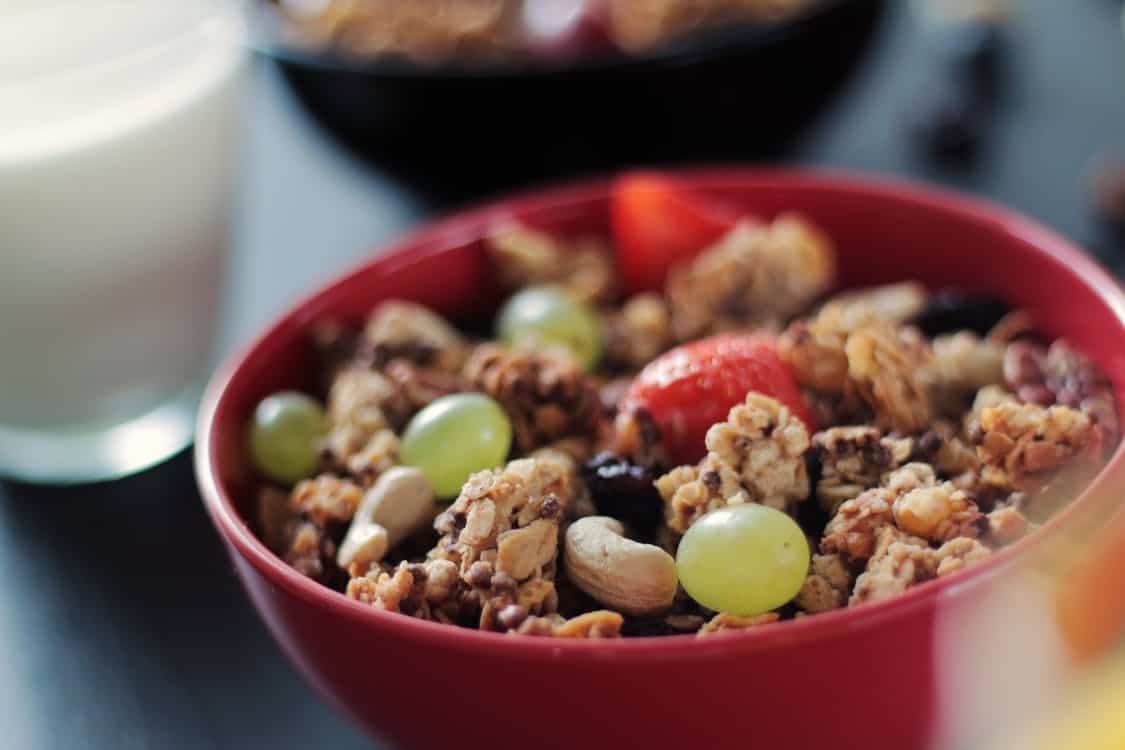
So, to conclude, I guess what I want folks to appreciate is that the hi carb diets of yesteryear still apply for athletes and people who work out several hrs a day. For the rest of us, fewer calories are needed, and hi fat/hi pro diets meet that standard. Of course, so does a well balanced diet of fewer calories, but clearly modern mankind has no interest in restriction. So these new diets and studies are designed to make dieting feasible. Nonetheless, if they worked so well, we would not need more studies or books, would we? No, we don’t need to diet more on special concoctions or foods. We need to simply eat less, and move more, or keep buying diet books…..

